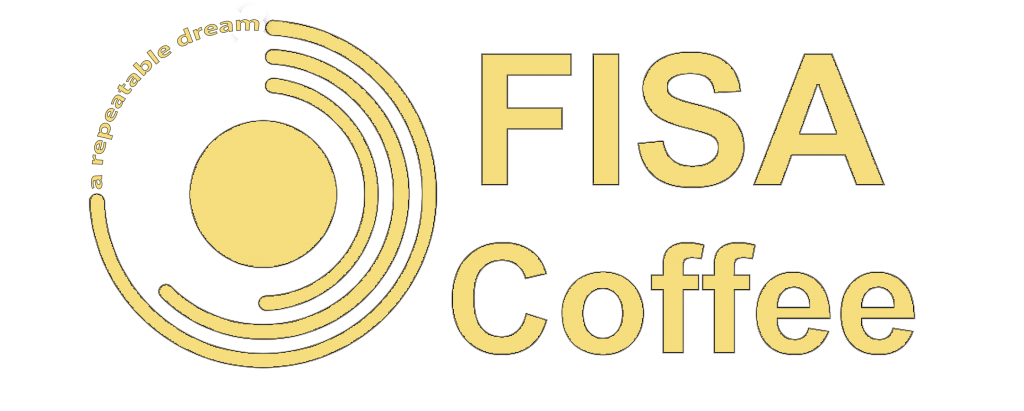وبلاگ
Ethereum: Bitcoin/blocks folder up to 17gb [duplicate]
Ethereum: pruning of large Bitcoin blocks folder
As you encountered, the “blocks” folder in your Ethereum has grown into an impressive 17 GB. This is not unexpected, given that Bitcoin-QT v0.8.6-Beta is a relatively large and sophisticated cash software.
To damage this large folder, we will have to determine what takes up most of the place. Here are some actions to help delete unnecessary files:
1. Check that there are no unnecessary files in the Block
Open the command line as an administrator (right -click Start button and select “Team Line (Administrator)”) and go to your Ethereum Installation Directory:
`cmd
CD C: \ Users \ User \ APPDATA \ Roached \ Bitcoin \ Blocks
`
Use the “DIR /S” command to list all the files in the folder, including packaging:
`
dir /s /b
`
This will show a detailed list of files and poles. Look for unnecessary or unnecessary files that you can safely delete.
2. Delete system files
Some files can be created by your operating system or Ethereum software as part of its installation process. This is usually harmless, but deleting it will not hurt anything:
`cmd
DI /S /B> Systemfiles.txt
`
This will create a text file called “Systemfiles.txt” in the same directory as your wallet folder.
3. Delete duplicate files
![Ethereum: Bitcoin/blocks folder up to 17gb [duplicate]](https://fisacoffee.com/wp-content/uploads/2025/02/39ae1b3f.png)
Bitcoin-QT creates several copies of its block database in different catalogs. Deleting these duplicates can help loosen the location:
`cmd
DI /B> Dublcatblocks.txt
`
This will create a text file called Dublcateblocks.txt in the same catalog as your wallet folder.
4. Remove unnecessary Ethereum data
For each Ethereum, Ethereum uses a separate blockchain database. Delete this database can help loosen the location:
`cmd
Del C: \ Users \ User \ APPDATA \ Interrogation \ Bitcoin \ Eth.json> Ethereumdatamied.txt
`
This will create a text file called Ethereumdataremited.txt in the same directory as your wallet folder.
5. Remove unnecessary software
If you have installed any additional software contributing to large blocks folder, this can help remove:
- Open the features of your system (Windows) or system (MacOS) and look for all software records related to Bitcoin-QT.
- Remove any unnecessary software from these posts.
6. Consider updating the new version of Ethereum
If you are using an outdated version of the Bitcoin-QT, consider updating to the latest version, v0.9.4-Beta:
`cmd
Bitcoind–Upgrade-Eeth QT 0.9.4-BETA
`
This will upgrade your wallet and possibly reduce the size of the folder block.
When performing these steps, you should be able to prune the large blocks in your Ethereum installation. Before making changes, remember to create any important files as some data can be integral if it is deleted by accident or intentionally.



